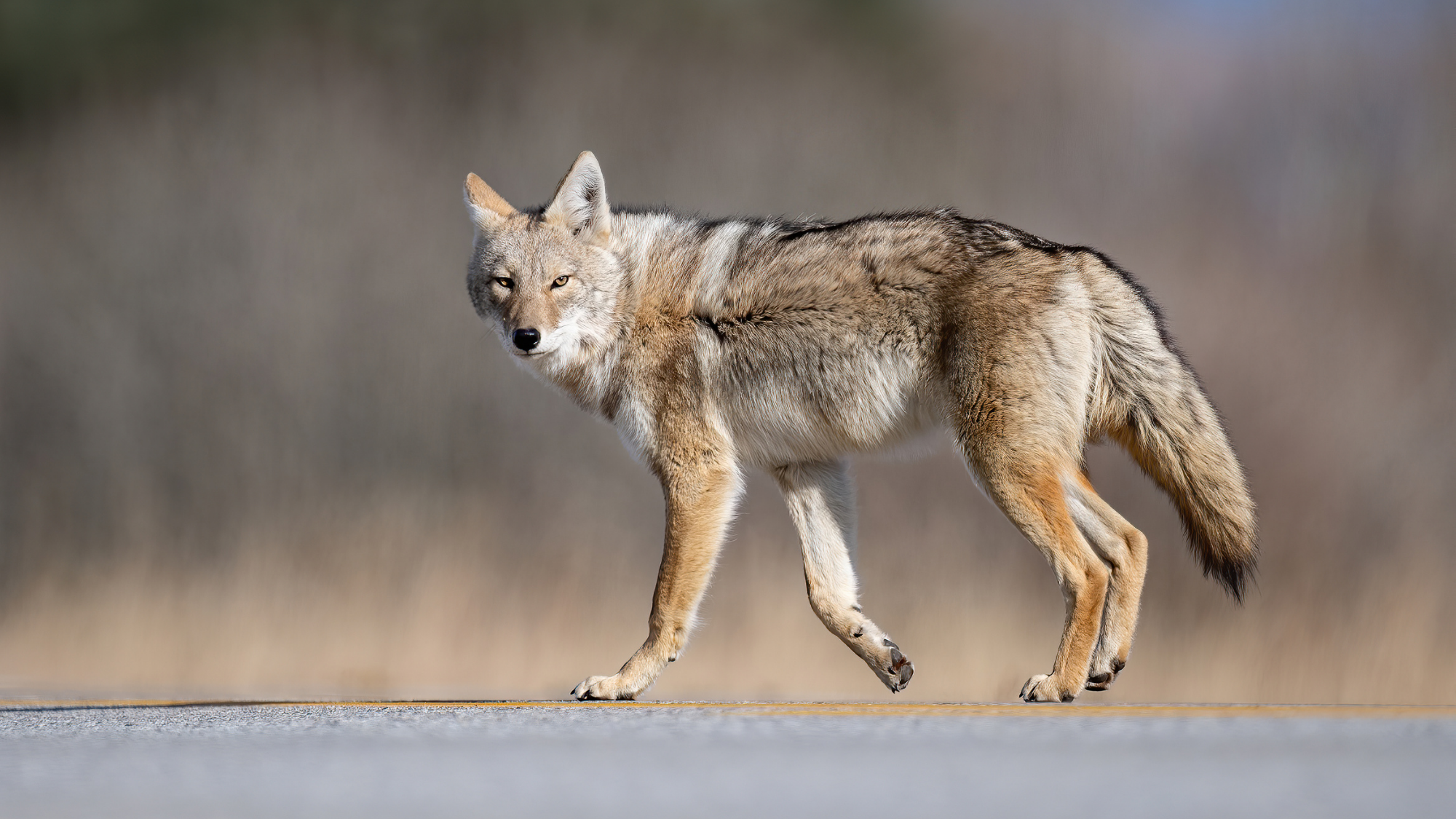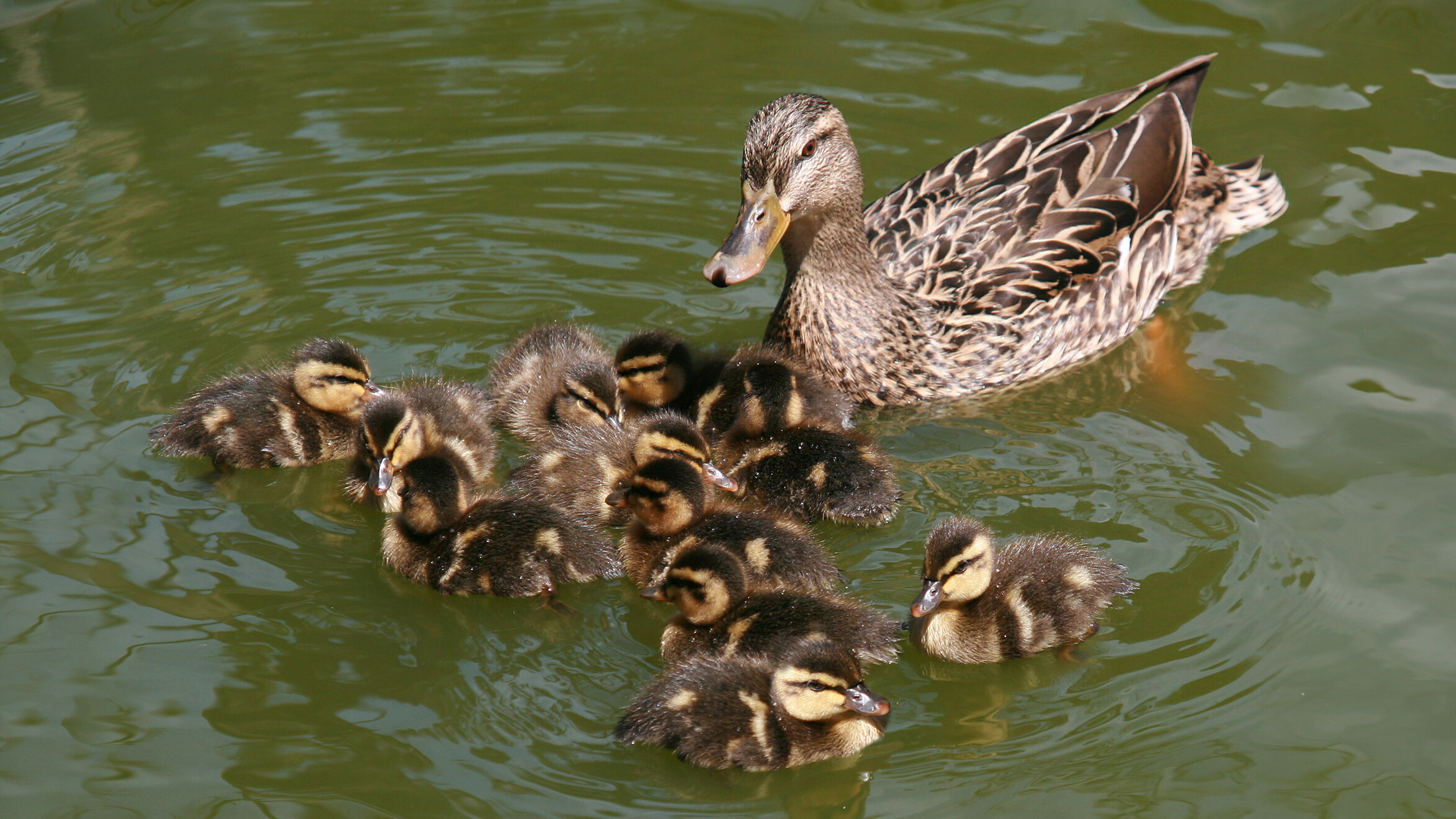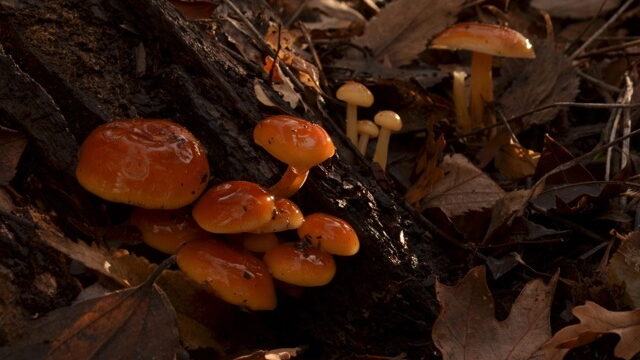Kick off the beginning of summer with an awesome visit to the Moore Creek Preserve, exploring different communities found in one of our best local habitats. Birds, deer, coyotes, rabbits, and much more call this place home and we will learn all about the adaptations that they need to survive in this environment.
Saturday, June 10th | 10 a.m. to 12:30 p.m.
Location: Moore Creek Preserve
Ages: 6th-8th grade
$10 |$5 Museum Members | Register
What is Nature Club?
Nature Club takes young explorers (6th-8th Grade) into local habitats to learn about the amazing living world around us while making discoveries along the way. Programs are led by Museum staff with kids dropped off at rotating locations, including local parks, open spaces, and of course at the Museum! Exploration and activities help kids learn more about nature through observation and experience while developing a deeper connection to nature and making new friends.
What to Expect
Programs run from 10:00 a.m -12:30 p.m. and occur on the first Saturday of the month. The Museum does not provide transportation to offsite meeting spots, and participants should be dropped off and picked up by parents/guardians. Some programs may be physically rigorous so please email chris.soriano@santacruzmuseum.org if you have questions about trail accessibility. Programs occur rain or shine, barring extreme weather.
Safety
Nature Club will run in compliance with state and county guidance for health and safety. Participants should not attend if they have been coughing, have a fever, or had recent contact with someone with a positive test.












